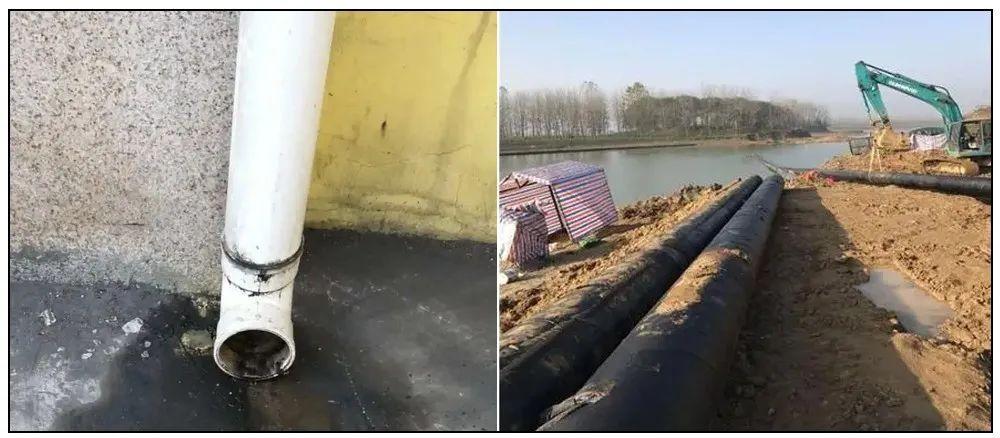In urban drainage systems, rainwater pipes and sewage pipes are two common but completely different types of pipes. They each undertake the task of discharging different types of water flows, so there are obvious differences in materials, design and functions. The following will compare the two.
1. Different materials:
●Rainwater pipes:
There are generally four types of materials for rainwater pipes, namely pure copper, พี วี ซี, color aluminum, stainless steel, ฯลฯ.
●Sewage pipes:
The materials of sewage pipes are generally selected to use PE, พี วี ซี, cast iron, fiberglass, concrete and other materials.
2. Different shapes:
●Rainwater pipes:
There are generally three shapes of rainwater pipes, namely square, round and semi-circular.
●Sewage pipes:
The shape of sewage pipes is only round.
3. Different colors:
●Rainwater pipes:
The colors of rainwater pipes are relatively rich, especially the rainwater pipes made of color aluminum can even be configured according to the color of the outdoor wall.
●Sewage pipes:
The colors of common sewage pipes are generally white (พี วี ซี) and black (วิชาพลศึกษา).
4. Different uses:
●Rainwater pipes:
Mainly used to collect and discharge rainwater and melted snow water. These pipes are usually connected to surfaces such as roofs, roads, and sidewalks to discharge rainwater from urban drainage systems to prevent flooding and flooding.
●Sewage pipes:
Used to collect and transport wastewater generated by human life and industrial activities, including sewage generated in kitchens, bathrooms, toilets, ฯลฯ, as well as wastewater in industrial production.
5. Different locations:
●Rainwater pipes:
Rainwater pipes are generally installed on outdoor walls to collect rainwater from surfaces such as buildings and roads, and are usually arranged along the edges of roads or buildings.
●Sewage pipes:
Sewage pipes are generally installed on indoor walls or underground to collect sewage from buildings, which can reduce odor and environmental pollution.
6. Different water quality:
●Rainwater pipes: Rainwater is usually relatively clean. After simple filtration and sedimentation, it can be directly discharged into natural water bodies such as rivers, lakes or oceans.
●Sewage pipes: Sewage contains various harmful substances, including bacteria, สารเคมี, organic matter, ฯลฯ. เพราะฉะนั้น, sewage pipes require more complex treatment and purification systems to ensure that the discharged water quality meets environmental standards.
ในระยะสั้น, the difference between rainwater pipes and sewage pipes is that one is used to treat rainwater and the other is used to treat sewage. Due to the difference in use, there are many differences in actual applications. You can simply understand them.
 Zhongtong HDPE PIPE System ผู้ผลิตมืออาชีพ
Zhongtong HDPE PIPE System ผู้ผลิตมืออาชีพ
